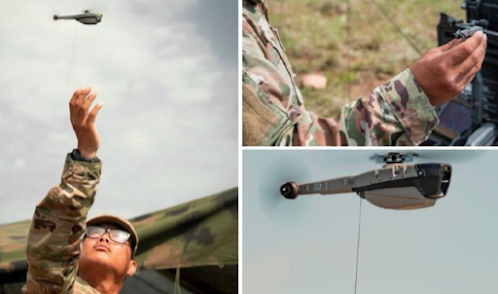NMESIS — mobile missile salvo from the shore
In recent weeks, the US Marines have been actively practicing a new tactic: launching anti-ship missiles from shore at naval targets. For the first time, this was done from Okinawa, a key American foothold in Japan. The missiles were launched from the NMESIS (Naval/Marine Expeditionary Ship Interdiction System), a mobile, stealthy and extremely dangerous system for enemy ships.
This is not just an exercise. This is a demonstration of how the United States is changing the rules of the game in the Pacific Ocean.
Studying in Japan is not just an exercise, but a signal
The NMESIS system arrived in Japan on July 10, after which the Marines of the 3rd Division spent several weeks in intensive training. They practiced deployment, camouflage, targeting, and finally launch. The successful launch was a confirmation of combat readiness.
The location in Okinawa is not an accident. This is the closest point to potential "hot spots". Here you can control the East China Sea, the Taiwan Strait, and even part of the South China Sea.
How does a system that hides and hits accurately work?
NMESIS is not a stationary launcher. It is an unmanned truck based on the Joint Light Tactical Vehicle (JLTV) chassis, which can move through difficult terrain, disguise itself and quickly change position. It is equipped with two Naval Strike Missile (NSM) missiles from the Norwegian Kongsberg.
The missiles are inconspicuous, maneuver in front of the target and hit with high accuracy. And most importantly, the system is autonomous. You can deploy it, launch it, and leave it without leaving a trace. It is almost impossible for the opponent to understand where the blow came from.
185 km to the goal — why is the USA in the Pacific Ocean
A range of 185 kilometers is not just a number. This is a zone where you can reach enemy ships without leaving the cover of the land. Imagine a small group of Marines deploying on an island, launching missiles and disappearing. During this time, the ship can already be hit.
This tactic is part of the "distributed operations" strategy, where there are no large bases, but there are many small, secretive and deadly points. This makes the opponent vulnerable and limits his freedom of action.
Sources
- Japan Times — NMESIS deployment & training on Okinawa
- Stars and Stripes — 3rd Marine Division live-fire rehearsal at Camp Hansen
- Newsweek — strategic importance of NMESIS in Indo-Pacific deterrence
- Army Recognition — technical overview & 185 km NSM range
- USNI News — first Japan-based training; kill-chain rehearsal
- Defence Blog — rapid-reload drills with ROGUE-Fires JLTV




































.jpg)
